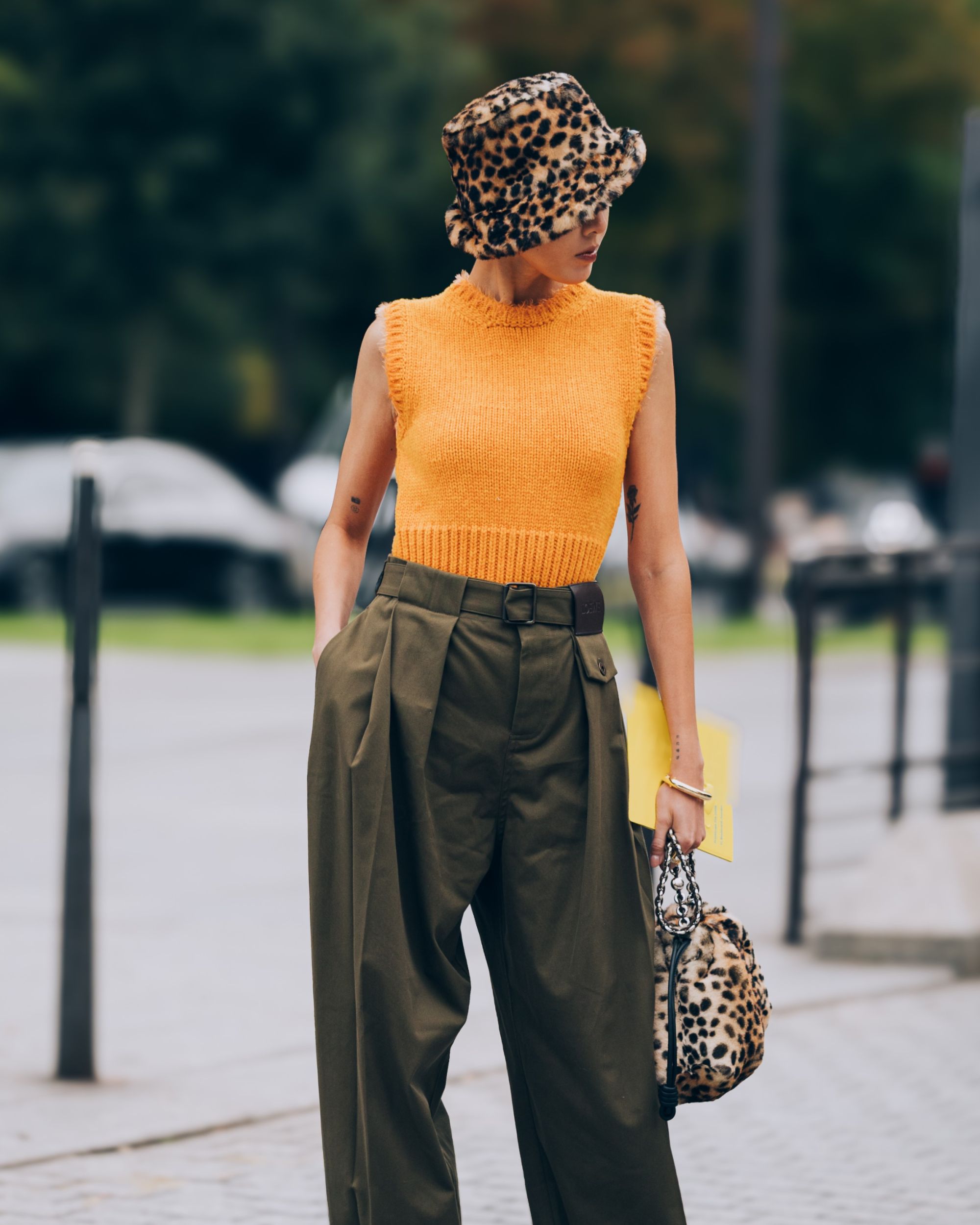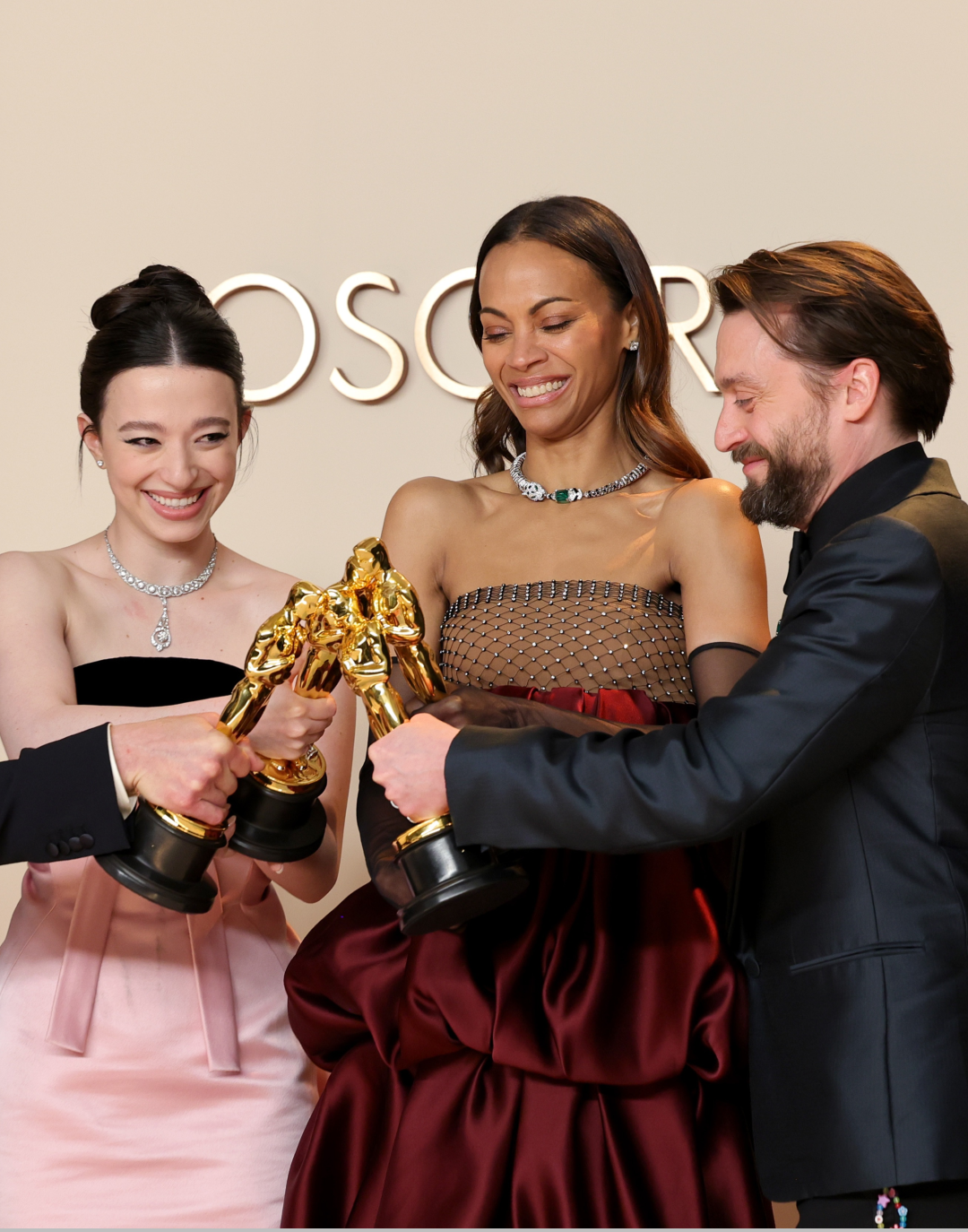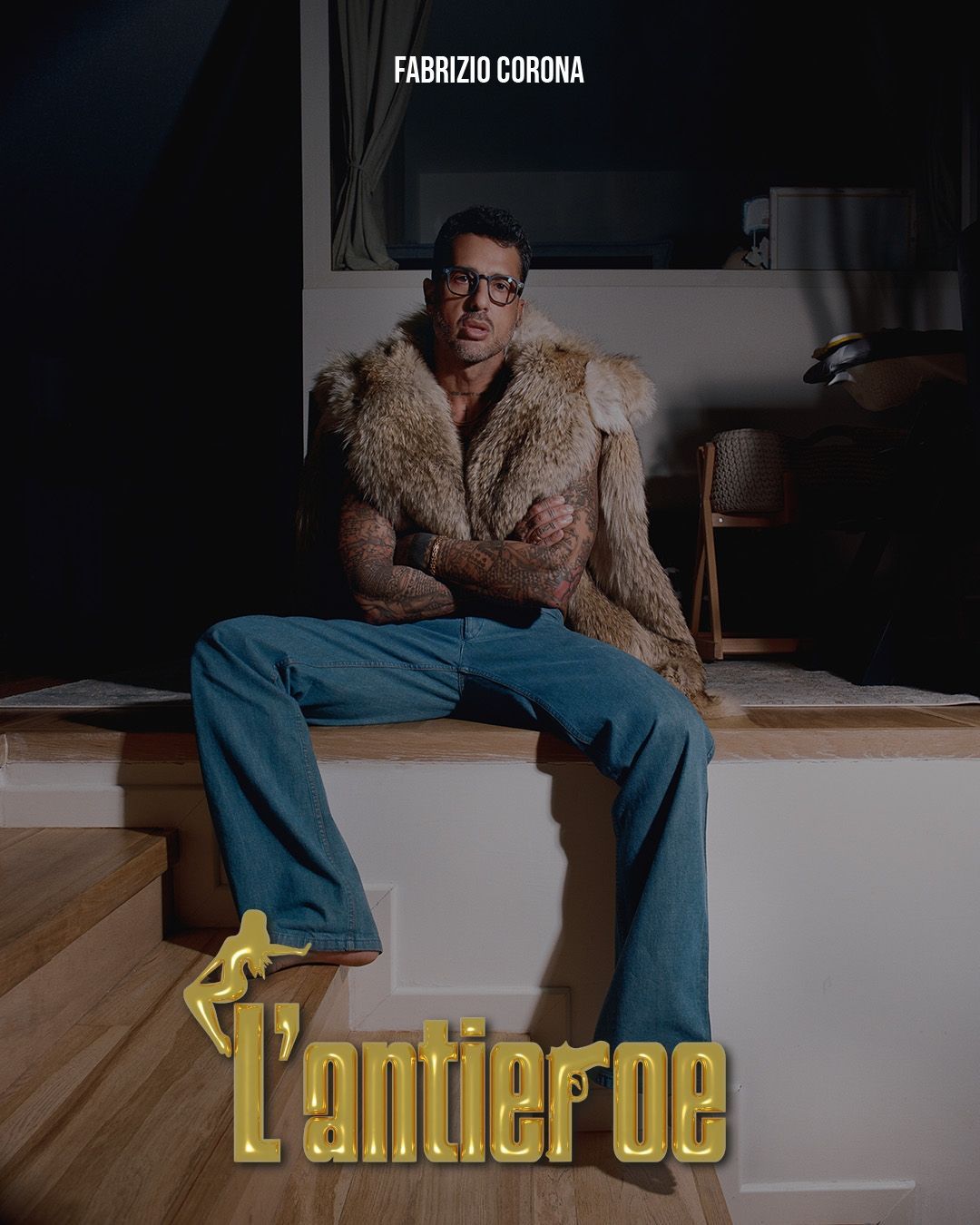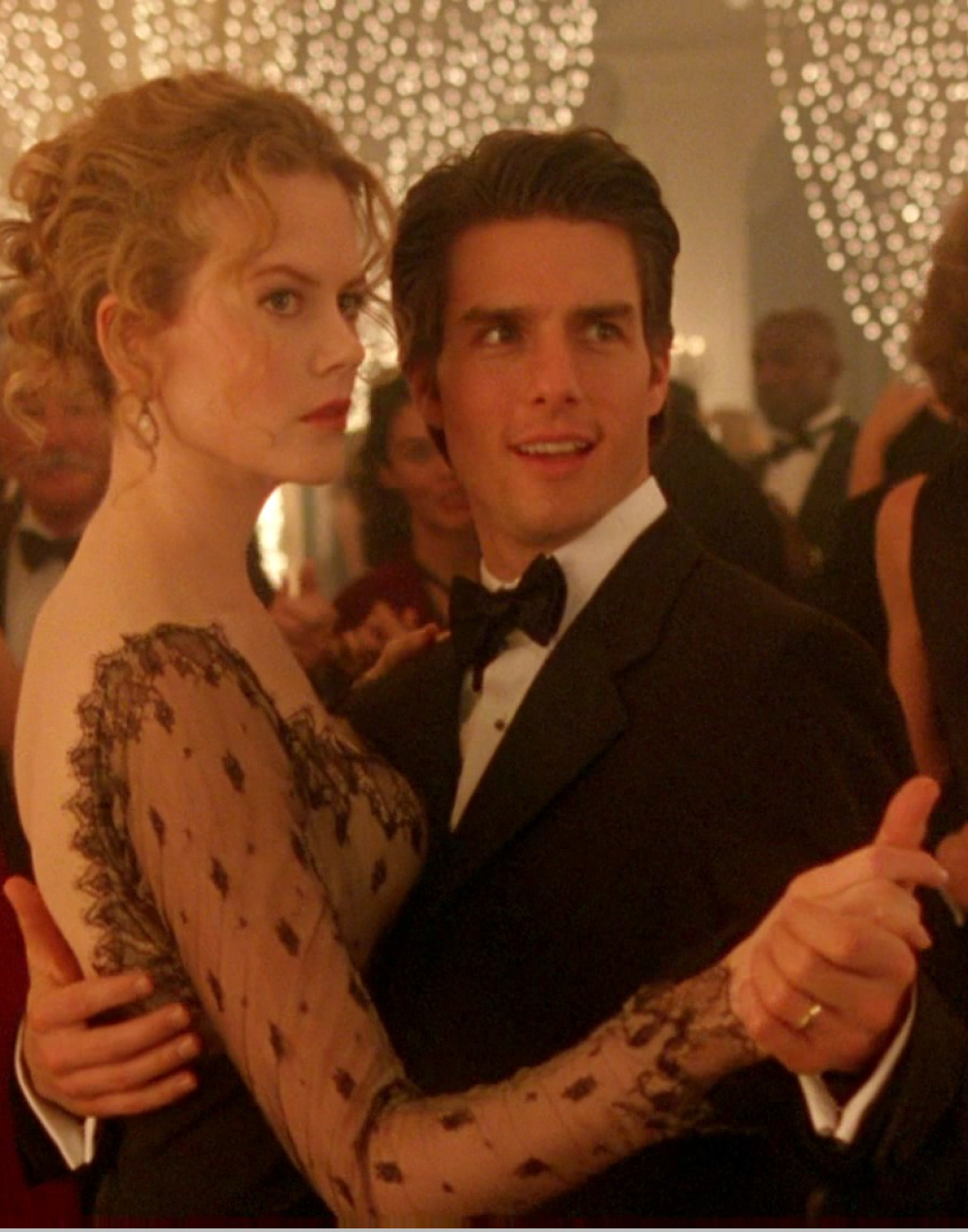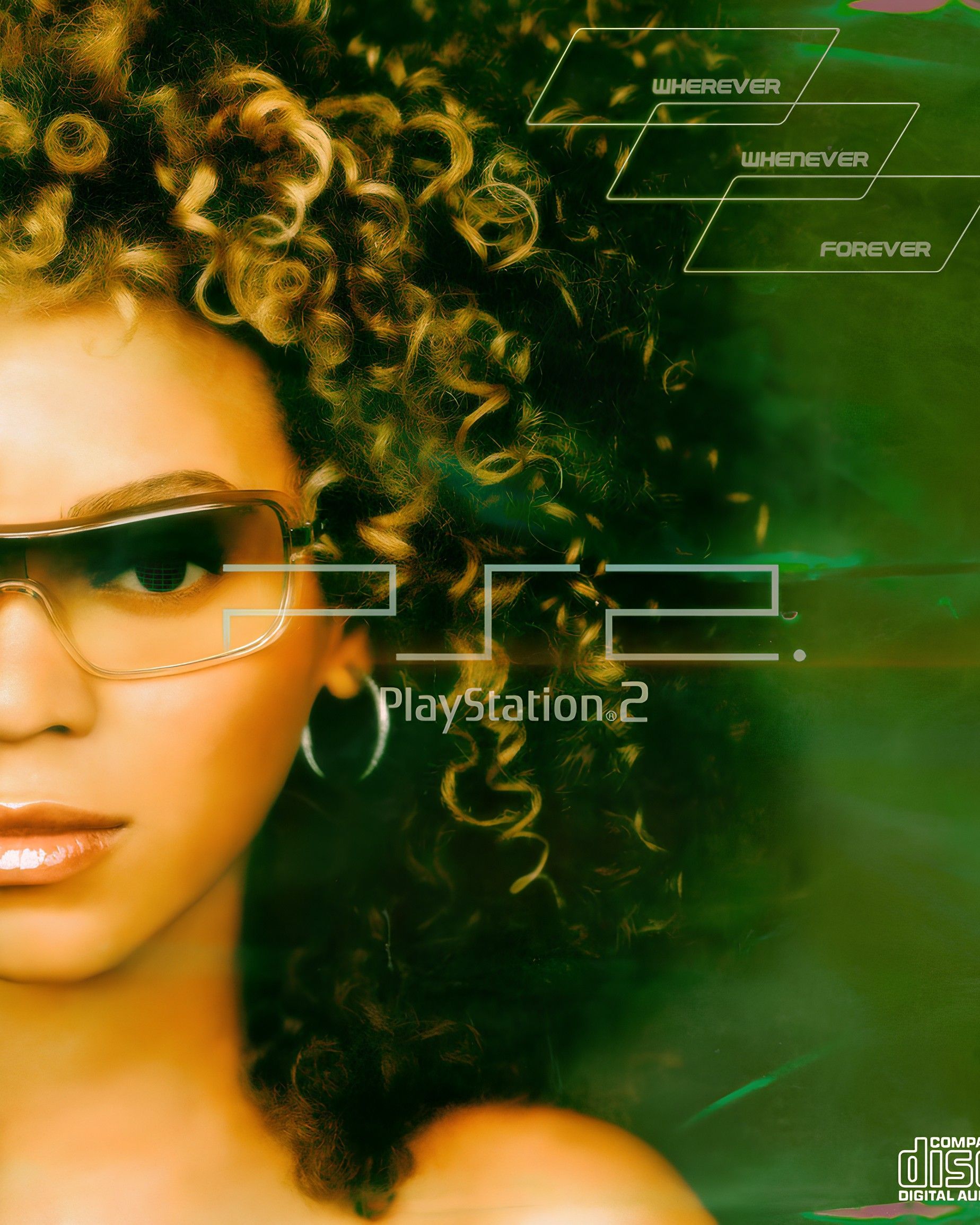
How to create your own PlayStation 2 style character using AI The virtual return to the 2000s.
In the vast world of social media, a new trend fueled by artificial intelligence is emerging: the "AI PS2" filter transforms users' photos into avatars that appear to have come directly from PlayStation 2 video games, bringing back the nostalgia of the early 2000s. The trend originated from a Midjourney prompt designed to replicate the visual aesthetic of PlayStation 2 video games, but gained momentum when Reddit user @Wear_A_Dam_Helmet shared the results in November 2023, showcasing a series of images with the distinctive graphical style of the PS2. The filter went viral in March 2024, thanks to an unknown internet user who applied the prompt to the Replicate app.
How to Use the AI PS2 Filter
@hurtabdu1 Replying to @Evan original sound - Hurtabdul
To use the AI Playstation2 filter, you'll need to access the Replicate app, which offers customized models and distributes them on a large scale with just one line of code. On the platform, select the fofr/face-to-many option, upload the photos to be modified — it's advisable to use high-quality images for a more detailed graphical result - and select the videogame option in the Style section. In the Prompt field, enter the following text: «pixelated glitchart of close-up of {subject}, ps2 playstation psx gamecube game gta, dreams screencapture, bryce 3d --style ddCHhSumaNyOrL1Q». Once ready, you can make final adjustments in the app, and then download the new images. To save your selection, click the Run option. The AI PS2 trend not only provides a trip down memory lane but also an opportunity to explore the creative potential of artificial intelligence in the field of digital lifestyle. You can customize your avatar uniquely, following the style and aesthetics of characters from turn-of-the-millennium video games. It's a fun and nostalgic experiment that connects the past and the future, demonstrating how technology can be used to rediscover and reinvent trends in pop culture.











